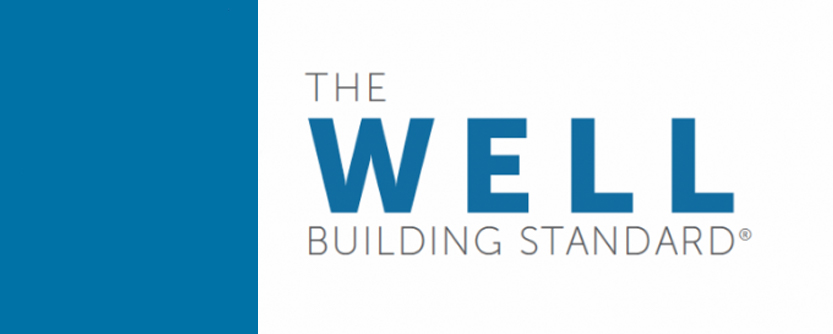January 31, 2014 welcomes the Chinese New Year of the Wooden Horse.
2014 is the Year of the Wooden Horse. Horse is a symbol of traveling, as well a sign of speedy success because it can give individuals a ride to their destination.
 The Chinese have five alchemical elements: wood, fire, earth, metal and water. Horse is associated with fire; in fact horse is the strongest fire animal among the twelve zodiac signs. Wood helps fire burn and last longer. Therefore, businesses involving wood, fire and earth will generally do well this year.
The Chinese have five alchemical elements: wood, fire, earth, metal and water. Horse is associated with fire; in fact horse is the strongest fire animal among the twelve zodiac signs. Wood helps fire burn and last longer. Therefore, businesses involving wood, fire and earth will generally do well this year.
Keeping up in 2014
Each year, Doo Consulting identifies a few ideas or products that we feel have the potential to make a big difference in human collaboration or resource conservation. This year, we not only introduce some new “hot picks,” we provide updates on the progress of our selections from previous years. We are very pleased to write that several of our selections are making the difference we had hoped they would!
At Doo Consulting, we continue to be interested in virtual collaborations. The world is better when we work together. Technology is allowing us to collaborate virtually to create in ways that were not possible previously. What I have found most successfully demonstrated on the internet is music (see playingforchange). However, I believe that even greater collaborations are possible for the creation of higher performing and more restorative communities. The creation of communities has always been collaborative and many of you are already engaged in this process. But virtual work allows us to collaborate with subject matter experts globally. Let us know how the virtual workplace is expanding and enhancing your design collaborations. In the meantime, enjoy the virtual choir of Eric Whitacre and Lux Aurumque.
New Products
 The three legs of the sustainability stool are Ecology/Economy/Equity but “Equity” seldom gets the attention of the other two legs. “JUST” labels attempt to change this and use the power of transparency and market forces for greater social change. The “JUST” program elevates the discussion about social justice issues and has the potential to change policies and practices in thousands of organizations around the world.
The three legs of the sustainability stool are Ecology/Economy/Equity but “Equity” seldom gets the attention of the other two legs. “JUST” labels attempt to change this and use the power of transparency and market forces for greater social change. The “JUST” program elevates the discussion about social justice issues and has the potential to change policies and practices in thousands of organizations around the world.
 In nature, there is no such thing as waste. Everything has a use, is used up or consumed. Earth Tub is a tool to help owners reduce their waste streams and create valuable mulch or soil in the process. Want to go zero-waste? We can provide assistance in evaluating the economic benefit of large scale composting.
In nature, there is no such thing as waste. Everything has a use, is used up or consumed. Earth Tub is a tool to help owners reduce their waste streams and create valuable mulch or soil in the process. Want to go zero-waste? We can provide assistance in evaluating the economic benefit of large scale composting.
 While not a product per se, these 3D printers are revolutionizing design, manufacturing and even medical procedures! Head to our Pinterest page to see what is going on in this new world and let us know what you’re doing with a 3D printer!
While not a product per se, these 3D printers are revolutionizing design, manufacturing and even medical procedures! Head to our Pinterest page to see what is going on in this new world and let us know what you’re doing with a 3D printer!
Updates on Past Recommendations
Here are a few updates on products we have presented in the past.
This company has sold over one million of these intelligent thermostats in the last two years. The company recently unveiled its new Smoke/CO2 Monitor. In 2013, the company was purchased by Google for $3.2 billion!
Creator of the Savenia Energy Label for small appliances, this company has gone on to expand its energy reporting to include most energy consuming products in the home including appliances and light bulbs. They can now provide a Savenia Home Energy Rating based on comparative residential energy use data. This is useful for real estate brokers trying to value the energy efficiency features of residential properties.
Based on the requirements in the latest updates to the LEED® (V4) and Green Globes Rating systems, Environmental Product Declarations are one compliance path to achieving Material and Indoor Environmental Quality points. Pay attention as this label gains traction and encourage manufacturers of your favorite products to get their products listed.
Doo Consulting participated in FoodPool West Towson for the 2013 growing season. The concept of a FoodPool is to gather the excess harvest of home gardens (too many squash?) and deliver these fresh vegetables to food pantries for distribution to other families. In 2013, FoodPool West Towson contributed over 100 pounds of fresh produce to the Assistance Center of Towson Churches (ACTC) and looks forward to expanding its contribution in 2014! Want to know more? Visit FoodPool’s Facebook Page.
Please contact us at info@bviwebsites.com for additional information on any of these topics!
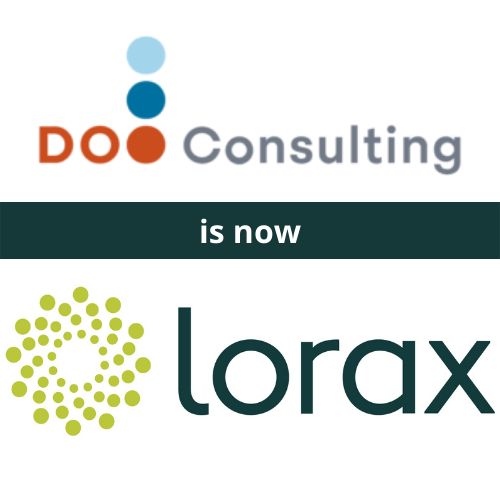

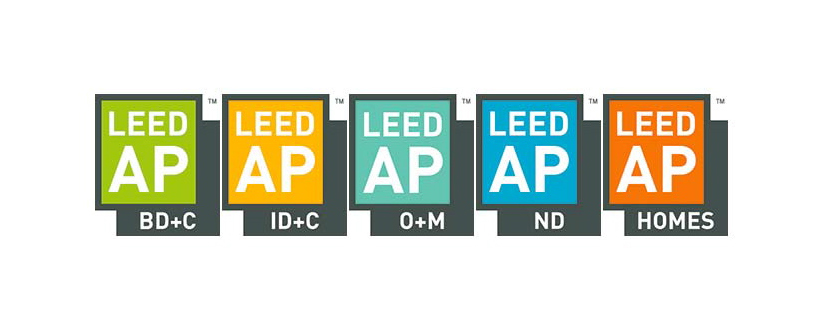

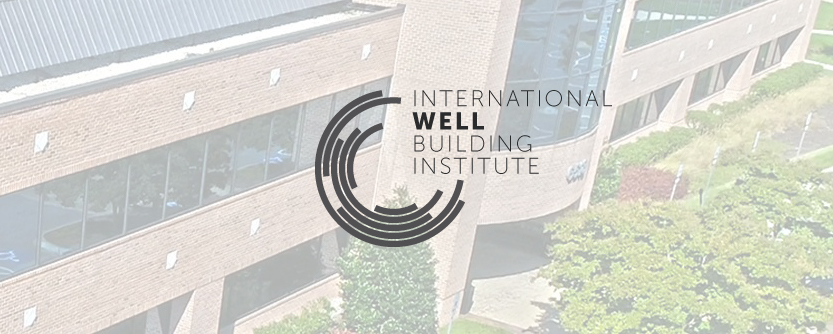


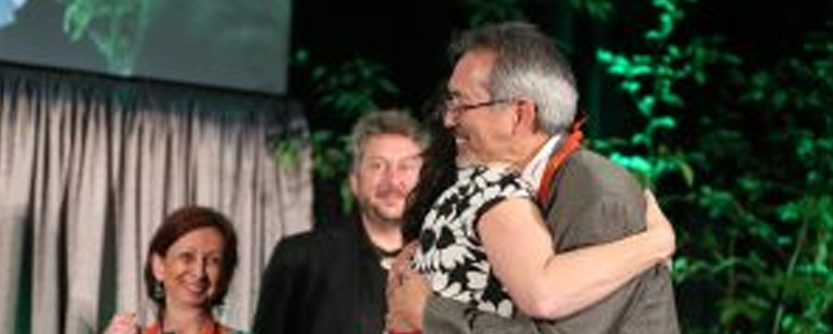

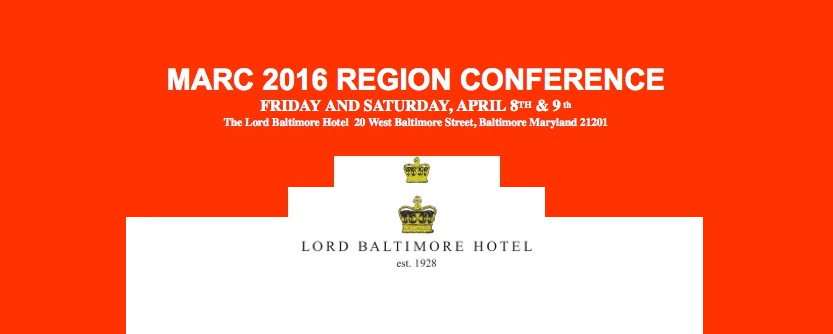

 As we celebrate 2016’s Year of the
As we celebrate 2016’s Year of the 